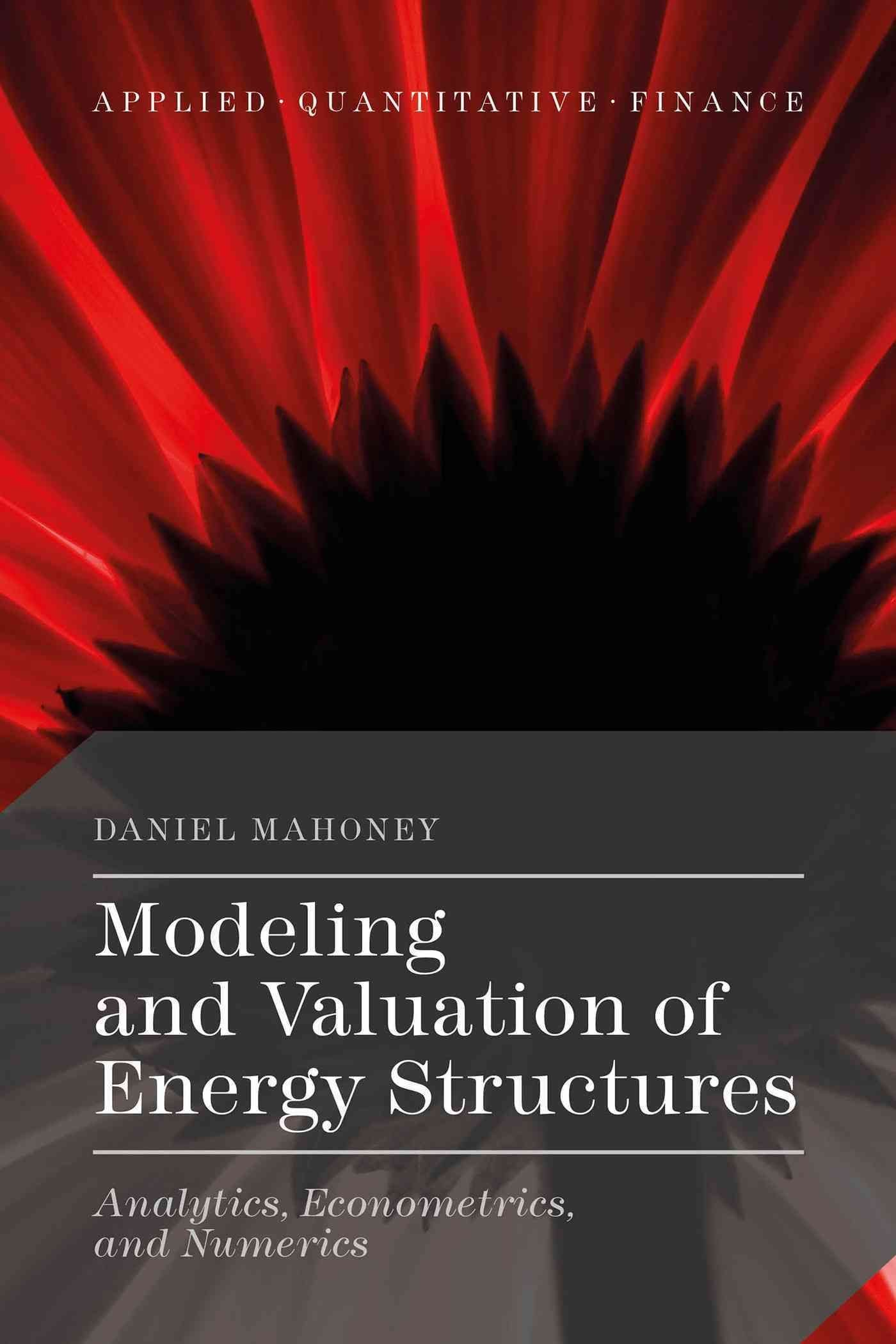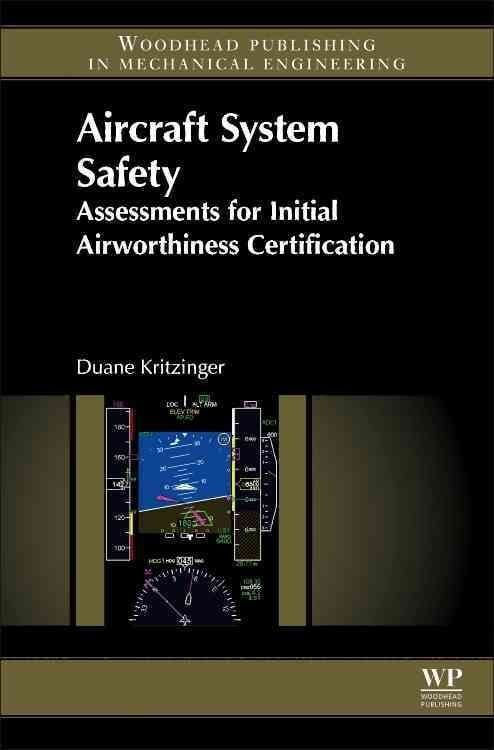Commodity markets present several challenges for quantitative modeling. These include high volatilities, small sample data sets, and physical, operational complexity. In addition, the set of traded products in commodity markets is more limited than in financial or equity markets, making value extraction through trading more difficult. These facts make it very easy for modeling efforts to run into serious problems, as many models are very sensitive to noise and hence can easily fail in practice. Modeling and Valuation of Energy Structures is a comprehensive guide to quantitative and statistical approaches that have been successfully employed in support of trading operations, reflecting the author’s 17 years of experience as a front-office ‘quant’. The major theme of the book is that simpler is usually better, a message that is drawn out through the reality of incomplete markets, small samples, and informational constraints. The necessary mathematical tools for understanding these issues are thoroughly developed, with many techniques (analytical, econometric, and numerical) collected in a single volume for the first time. A particular emphasis is placed on the central role that the underlying market resolution plays in valuation. Examples are provided to illustrate that robust, approximate valuations are to be preferred to overly ambitious attempts at detailed qualitative modeling.












